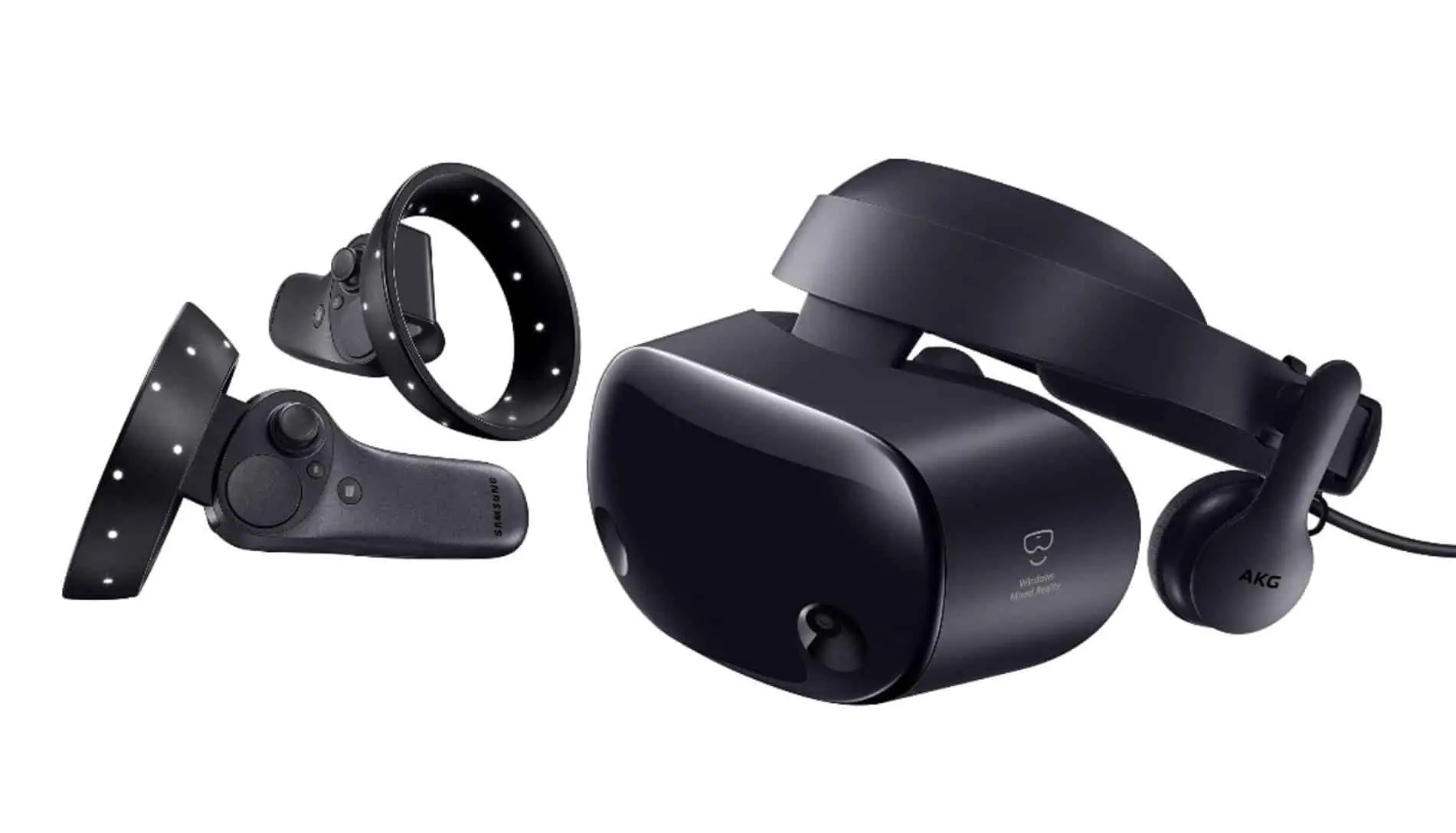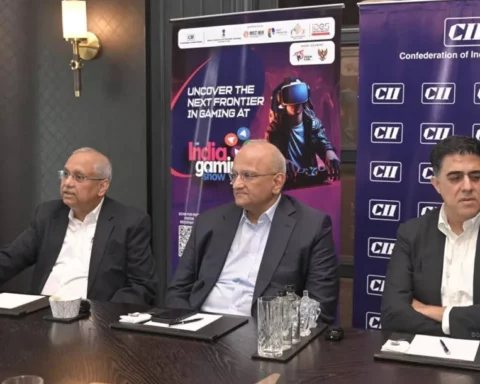The technology industry is rife with rumors and speculations about upcoming product releases from major players like Apple and Samsung. Reports suggest that both companies are working on projects related to virtual reality and folding smartphones. Samsung has provided a sneak peek of an upcoming mixed reality headset in collaboration with Google and Qualcomm. The XR headset is being designed to offer an immersive experience to users and is expected to differ from other similar projects.
Samsung’s XR headset will be a fully enclosed Virtual Reality (VR) headset with displays and external cameras. To provide a video passthrough of the real world, the device will render augmented reality objects into the video representation of the real world brought to the screens by cameras mounted on the exterior of the headset. The XR headset will be a standalone VR device with AR functionality powered by video passthrough. Unlike the Gear VR, which relied on a smartphone and used the mobile device’s screen to render images behind the headset’s lenses, the XR headset will function independently of other devices. Samsung is expected to reveal more information about the XR device’s launch in the upcoming event in August-September, alongside the Galaxy Z Flip 5 and Galaxy Z Fold 5.
Virtual reality headsets are becoming more advanced and accessible, opening up new possibilities for gaming, education, and communication. The increasing demand for immersive experiences is driving the development of more sophisticated sensors and controllers, such as hand tracking gloves and haptic feedback devices, that allow users to feel like they are really in the virtual world. The move towards wireless and standalone headsets is another important trend in this area.
Reality headsets are also in use in healthcare to help patients with anxiety and pain management, and in education to provide immersive learning experiences. As the technology becomes more advanced and affordable, we can expect to see even more applications for reality headsets in fields like engineering, architecture, and design. However, motion sickness and social isolation are two of the biggest challenges facing the reality headset industry. Companies are working on developing new technologies to reduce motion sickness, such as improved head tracking and more realistic graphics, and to make VR more social.
In conclusion, virtual reality headsets are becoming increasingly sophisticated, accessible, and versatile, opening up new possibilities in gaming, education, and other industries. Companies like Samsung are leading the way in developing cutting-edge devices like the XR headset, which offers an immersive experience to users. As the technology continues to evolve, we can expect to see even more advanced and powerful devices in the future.






